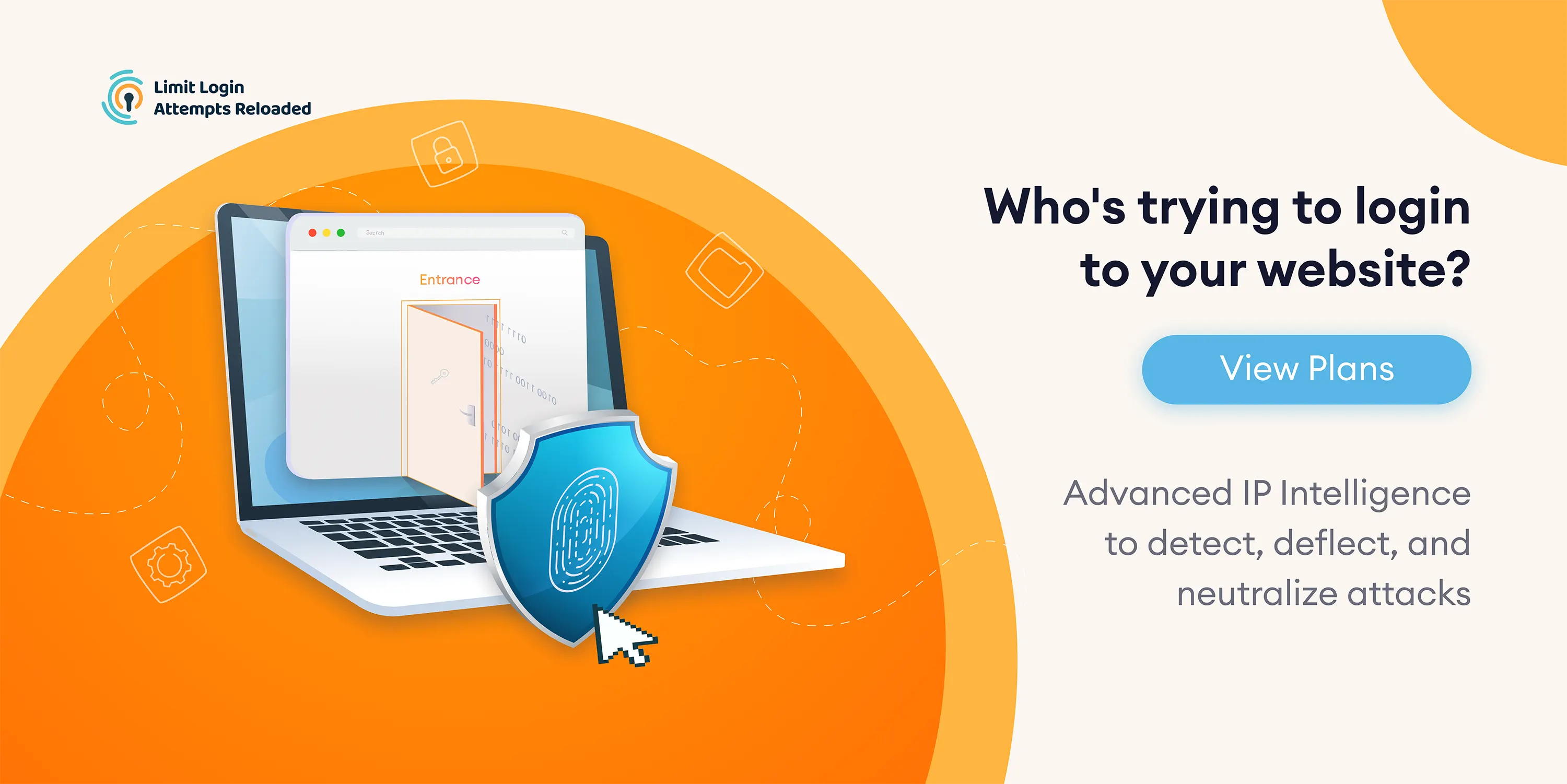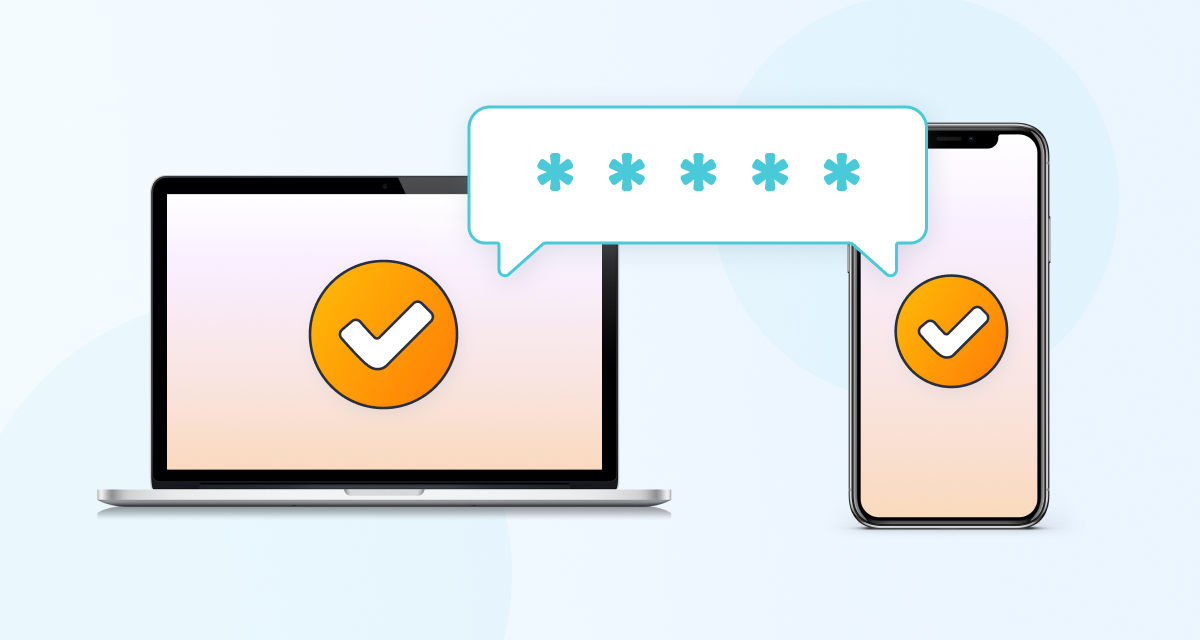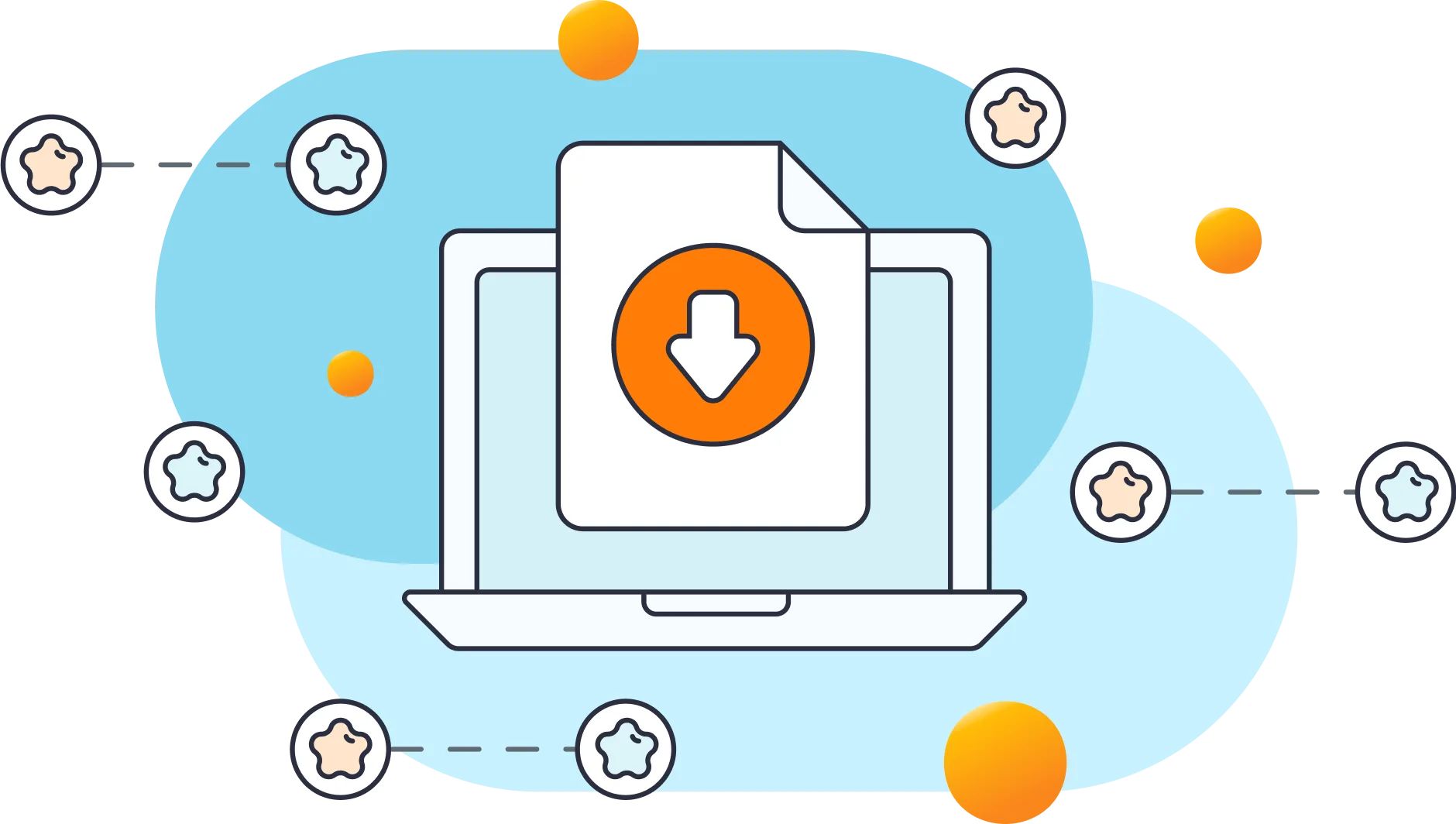Two-factor authentication (2FA) is a security measure that requires users to provide another layer of authentication in addition to their username and password. It is designed to add an extra level of security to help protect against unauthorized access to accounts. According to Microsoft, 2FA blocks 99.9% of account hacks.
While the LLAR team acknowledges that securing website access is crucial, running both security measures may not be essential if you have a limited number of administrators, employ robust passwords, and have the LLAR plugin installed. In reality, adopting both measures could potentially pose challenges for users in terms of performance and convenience.
What Is Two-Factor (2FA) Authentication?
Two-factor (2FA) authentication is a security process in which a user provides two different authentication factors to verify their identity. The goal of 2FA is to add an extra layer of security beyond just a username and password, making it more difficult for unauthorized individuals to access an account or system.
The two factors typically fall into one of the following three categories:
- Something you know: This is usually a password or PIN.
- Something you have: This can be a physical device, such as a smartphone, security token, or smart card, which generates or receives a one-time code.
- Something you are: This involves biometric data, like fingerprints, retina scans, or facial recognition.
When 2FA is enabled, a user needs to provide two of these factors to access their account or system. For example, after entering a password (something you know), they might receive a temporary code on their smartphone (something you have) that they also need to enter for authentication. This extra layer of security helps protect against unauthorized access, even if passwords are compromised.

Benefits Of Two-Factor (2FA) Authentication
Users typically opt for Two-Factor Authentication (2FA) for several compelling reasons, all centered around enhancing the security of their online accounts:
#1 - Increased Security
The primary motivation for using 2FA is to bolster security. By requiring two different forms of identification (such as a password and a temporary code sent to a mobile device), 2FA significantly reduces the risk of unauthorized access. Even if a malicious actor manages to obtain a user's password, they would still need the second factor to gain entry.
#2 - Mitigation of Password Vulnerabilities
Passwords alone can be vulnerable to various threats, such as phishing attacks, brute force attacks, or the reuse of passwords across multiple accounts. 2FA acts as a protective barrier, mitigating the impact of compromised passwords by adding an extra layer of verification.
#3 - Protection Against Credential Theft
In cases where passwords are stolen through data breaches or other means, 2FA serves as an additional obstacle. Even if the stolen passwords are in the wrong hands, the second factor (something the user possesses) is typically not accessible to the attacker.
#4 - Compliance Requirements
In certain industries or for specific services, regulatory standards or compliance requirements mandate the use of stronger authentication methods. Implementing 2FA helps users and organizations adhere to these standards and regulations.
#5 - Personal Privacy and Data Protection
Users are increasingly concerned about the privacy and security of their personal information. Enabling 2FA provides an extra layer of defense, offering users greater confidence that their sensitive data is better protected against unauthorized access.
#6 - Peace of Mind
Knowing that an extra layer of security is in place can provide users with peace of mind. This assurance encourages users to engage more freely in online activities, such as banking, shopping, or communication, without constant fear of unauthorized access.
#7 - Best Practice in Cybersecurity
As cybersecurity threats continue to evolve, industry experts and organizations recommend the adoption of best practices. 2FA is widely recognized as one of these best practices, and users often choose it to align with the latest security standards.
#8 - Cost-Effective Security Measure
Implementing 2FA is often a cost-effective way to enhance security. It doesn't require significant investments in hardware or complex infrastructure, making it accessible and practical for a wide range of users and organizations.
What's The Problem With 2FA?
Although Two-Factor Authentication (2FA) is often praised for improving login security, WordPress users may want to reconsider its suitability for their specific needs. This segment will delve into factors that shed light on why 2FA might not be the optimal choice for your website.
User Inconvenience
Some users may find it inconvenient to have to provide an additional authentication factor, especially if they are using a method that requires them to carry a physical token or device.
Requires setting up extra software
Setting up extra software might add some complexity to the process, including figuring out and fixing common issues like out-of-sync time zones and others.
Vulnerabilities to social engineering attacks
In some cases, attackers may try to trick users into revealing their 2FA codes or tokens. For example, they may pretend to be a legitimate company or service and ask the user to provide their 2FA code as part of a supposed security check.
Vulnerabilities to hardware or software failures
If the device or software used for 2FA fails or becomes lost or stolen, users may have difficulty accessing their accounts.
[banner_testimonials]Vulnerabilities to attacks on authentication servers
In some cases, attackers may try to compromise the server that handles 2FA authentication in order to gain access to users' accounts.
Losing access to phone or email
You might lock yourself out if your phone number changes, you lose access to your email, or your authenticator app becomes corrupt.
Brute force attacks will never stop
The actual attacks will not stop and enabling 2FA authentication doesn’t mean the brute-force attacks will magically disappear. They will still continue to bombard your site.
The Solution
Whether or not you continue to use 2FA, it's clear that 2FA provides an additional layer of security. However, the additional security does come at the cost of time and convenience. It also won't stop brute force attacks or phishing attempts that could compromise your password. If you opt to add 2FA, incorporating 2FA plugins for your WordPress website is a straightforward process.
Enhancing your login page security can be achieved by incorporating plugins such as Limit Login Attempts Reloaded to restrict login attempts and enforcing the use of strong passwords. Upgrading to the premium version of LLAR will allow you to access features that can block logins by country, and login access rules to ensure only specific users can attempt logins.
Takeaways
In conclusion, Two-Factor Authentication (2FA) emerges as a powerful tool for enhancing online security, providing users with increased protection against unauthorized access. The benefits of 2FA include heightened security, mitigation of password vulnerabilities, protection against credential theft, compliance adherence, personal privacy, peace of mind, cybersecurity best practices, and cost-effective security measures. However, it's essential for users to consider potential drawbacks, such as user inconvenience, the need for additional software setup, vulnerabilities to social engineering attacks and hardware or software failures, risks associated with attacks on authentication servers, and the possibility of losing access to phone or email.
While 2FA addresses various security concerns, it does not eliminate the persistence of brute force attacks or phishing attempts. In navigating the decision to implement 2FA, users must weigh the trade-offs between security and convenience. For WordPress users, alternative strategies like incorporating plugins such as Limit Login Attempts Reloaded and enforcing strong passwords offer viable avenues for enhancing login page security. Ultimately, the key lies in striking a balance that aligns with individual needs and preferences.

Frequently Asked Questions
While 2FA provides an additional layer of security, its necessity depends on various factors such as the size of your user base, the number of administrators, password strength, and the presence of other security measures. Small websites with a limited number of administrators and robust password practices may find 2FA less essential.
Implementing 2FA may introduce challenges such as user inconvenience, the need for additional software setup, and vulnerabilities to social engineering attacks or hardware failures. Users may also face difficulties if they lose access to their phone or email, potentially locking them out of their accounts.
While 2FA significantly enhances security, it doesn't eliminate all potential threats. Brute force attacks and phishing attempts may still persist. Users should be aware that 2FA is part of a comprehensive security strategy and not a silver bullet that guarantees immunity from all forms of cyber threats.
Yes, there are alternative methods to boost login page security. For instance, users can consider incorporating plugins like Limit Login Attempts Reloaded to restrict login attempts and enforcing the use of strong passwords. The article suggests that upgrading to the premium version of LLAR can provide additional features for enhanced security.







